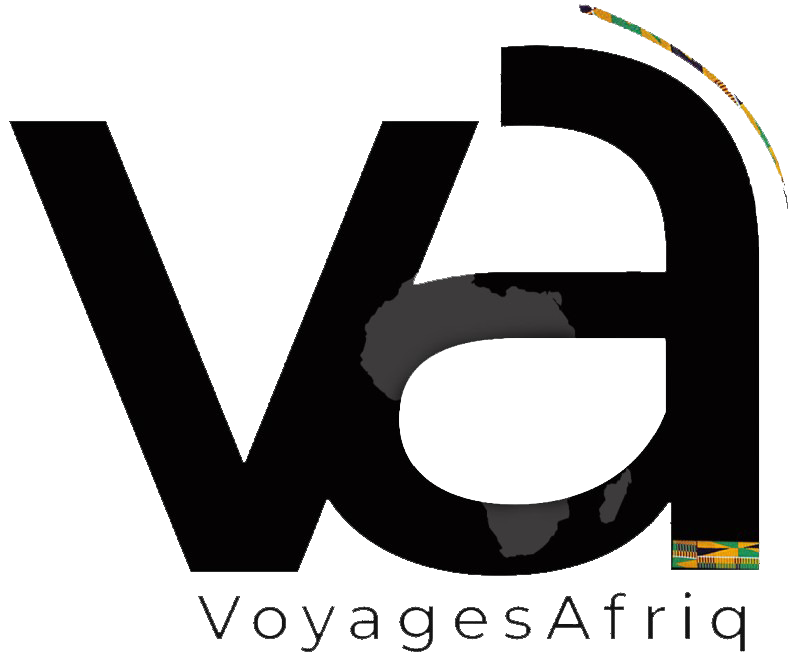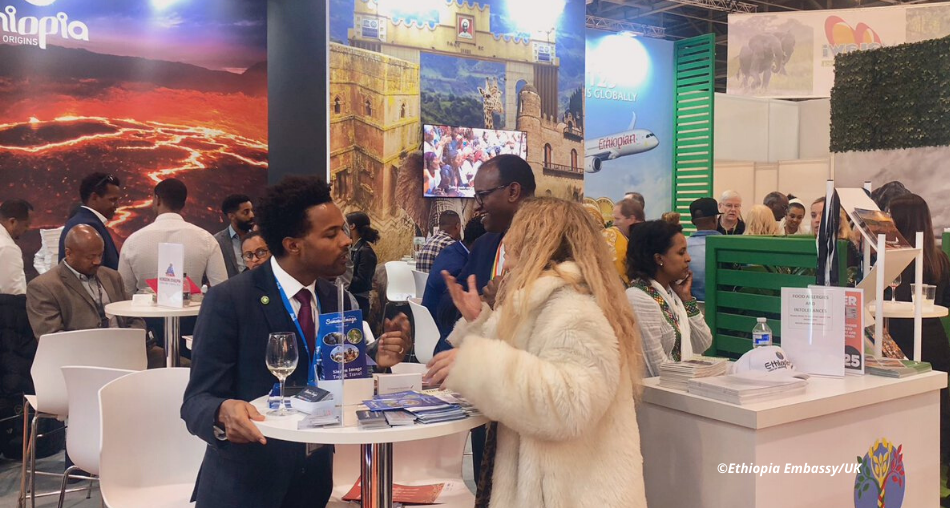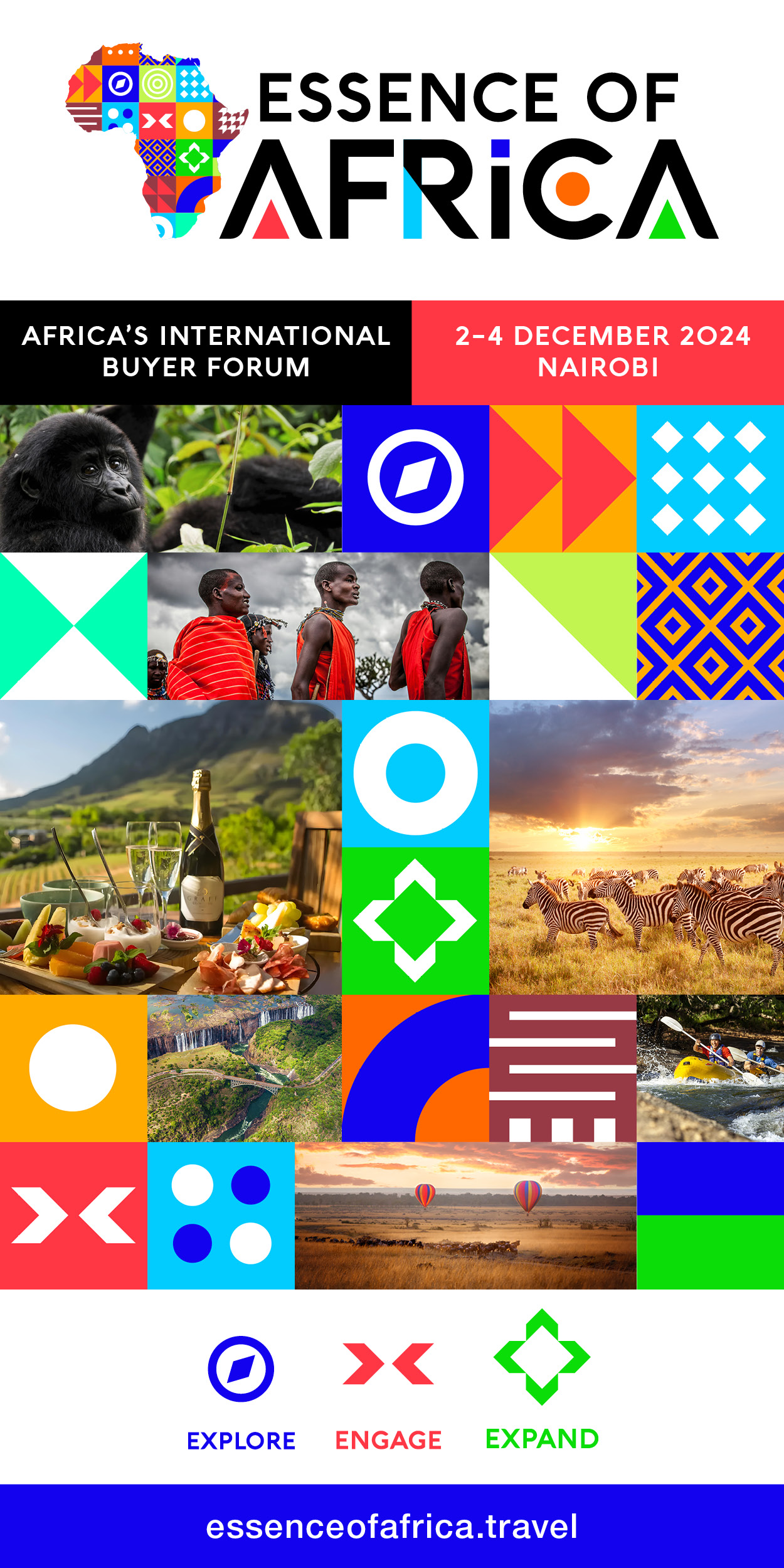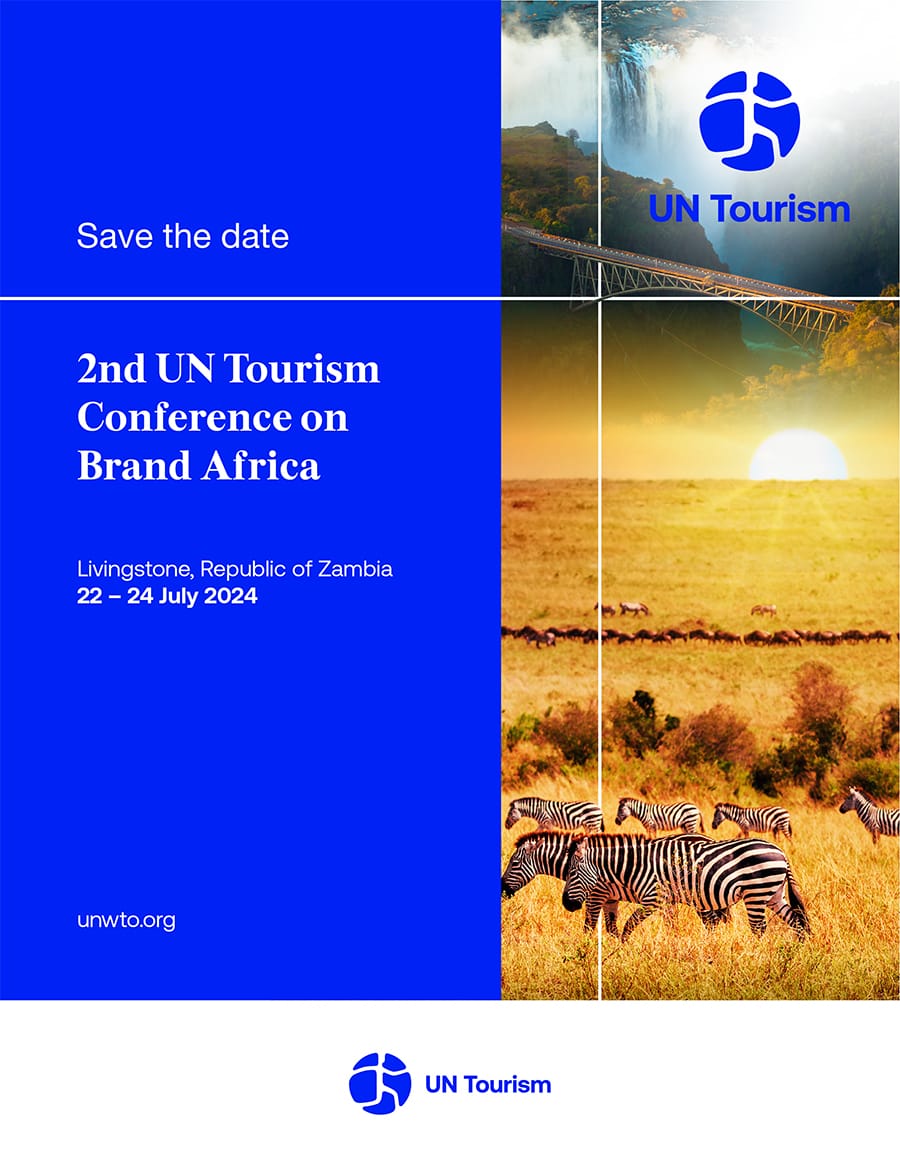Another year and yet another limited appearance from Ethiopia’s tourism marketing and promotion body at the annual World Travel Market (WTM) event in London.
The annual World Travel Market introduces global travel buyers to over 5,000 of the biggest destinations and brands in the world. Exhibiting at the event enables tour and travel operators to meet with their target audience face-to-face. The event essentially provides destinations the opportunity to introduce and engage key decision makers of the travel industry with products and services. As well as, introduce or reinforce a destination’s brand position.
This year, a number of Ethiopian tour and travel operators were provided space at stand AF645, in which a majority was paid for by Ethiopian Airlines, with some assistance from Tourism Ethiopia. It is worth mentioning this because only one delegate from Tourism Ethiopia was present. It would have been encouraging to see a larger delegation this year.
One can argue that this was done due to Ethiopian’s ever-increasing network of destinations and its role in transporting millions of travelers through its hub at Bole International Airport. However, it does raise questions of the limited visibility of the Ministry of Culture & Tourism (MoCT) and Tourism Ethiopia.
The Ministry and Tourism Ethiopia are responsible for promoting and marketing Ethiopia as a competitive and attractive destination for travelers. However, it seems as if Ethiopian Airlines is fulfilling this mantle. With last year’s tourism performance report speaking volumes in itself, it is worrying to see that a lot more is not being done.
In the 2018/19 calendar year, international arrivals decreased by nearly 100,000 to 849,000, according to the Ministry of Culture & Tourism. This represents a decrease of 9pc from the previous year and a return to pre-2016 figures when the country was hit with several crippling states of emergency that significantly affected inbound travel.
It has been well reported that Tourism Ethiopia has been plagued with operational issues these past two years. During this period, the organization has already cycled through three heads, with the third taking the helm this August. There are claims that lack of funds, inadequate human capital, internal personnel disputes, and bureaucratic hurdles with the Ministry of Culture & Tourism are to blame for the organization’s weaknesses.
Yet, I find it hard to believe that funding is still an issue given that both organizations have been prioritized by the government as a vital pillar to economic growth and supported by international donors in the past. In 2016, the Sustainable Tourism Master Plan was enabled through the technical and financial assistance of the UNECA. And the latest support has been the development of a MICE and Stopover strategy that was funded by the World Bank/IFC to the sum of USD 1m.
When will these excuses stop being the norm?
It might sound pessimistic, but the performance of Tourism Ethiopia and its predecessor, Ethiopian Tourism Organization, has been unconvincing since mid-2016. The organization’s activities have lacked focus and have been spiraling out of control. If you need proof, look no further than the “Land of Origins” website and social media pages – they are outdated, inaccurate, and leave one wondering if this is how Ethiopia should be portrayed. The inability to communicate a concrete agenda, new initiatives, and sector updates have left many stakeholders confused and in the dark. There should be daily interactions on all mediums, but we are left to wait months in between updates.
In comparison, how frequently do you hear or see marketing initiatives from Ethiopian Airlines? Whether you are checking your personal email, social media channels, or print news, you are bound to notice update from Ethiopian.
Which raises the question: why not simply integrate Ethiopia’s tourism promotional programs with Ethiopian Airlines?
With the success of the e-Visa program, plans to improve their stopover program, and the introduction of the “Feel Addis” application, we should expect to see more passengers visiting Ethiopia.
Ethiopian Airlines, similar to Tourism Ethiopia, is owned by and reports to the Government of Ethiopia. However, Ethiopian Airlines has traditionally been unhampered by interference from the government, unlike Tourism Ethiopia, which seems to be prevented from carrying out its mandate.
The airline has tremendous brand capital on the continent and a marketing budget that could support the activities of Tourism Ethiopia. By coming under the wing of Ethiopian Airlines, synergies can be recognized and better implementation of its objectives can be achieved.
Or alternatively, operate in a similar capacity to the Ethiopian Agricultural Transformation Agency, whose success has been down to a dedicated unit with strong management and support from key government leaders.
If not, consider completely rejuvenating Tourism Ethiopia. Not much has been gained from it thus far.
This Article was published in the Addis Standard
Author: David Desta
David Desta is a hospitality, travel, and tourism enthusiast. He has been working in Ethiopia for several years after graduating from Cornell University’s School of Hotel Administration in 2014. He can be reached at destadavid@gmail.com. He tweets at @DavidADesta
